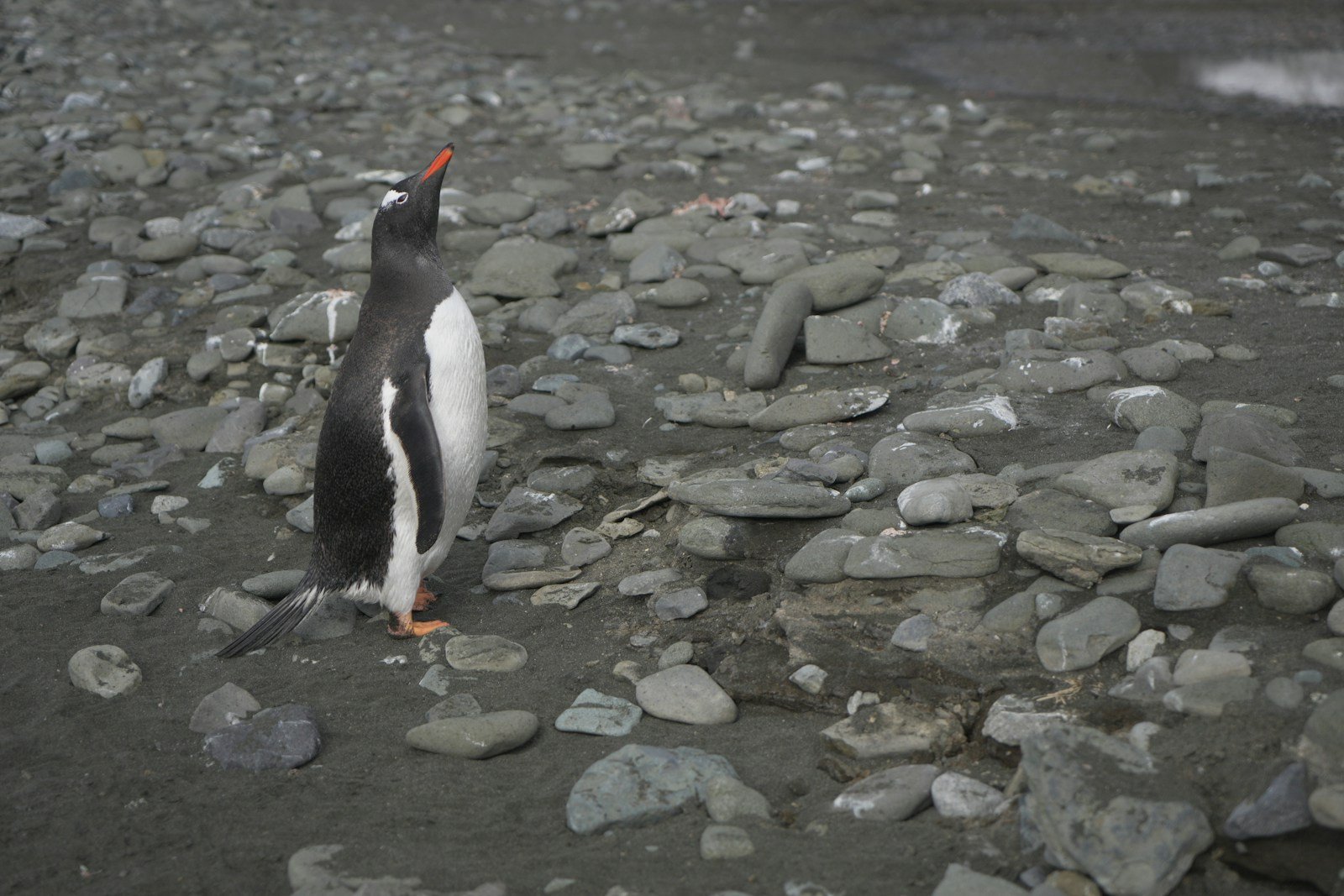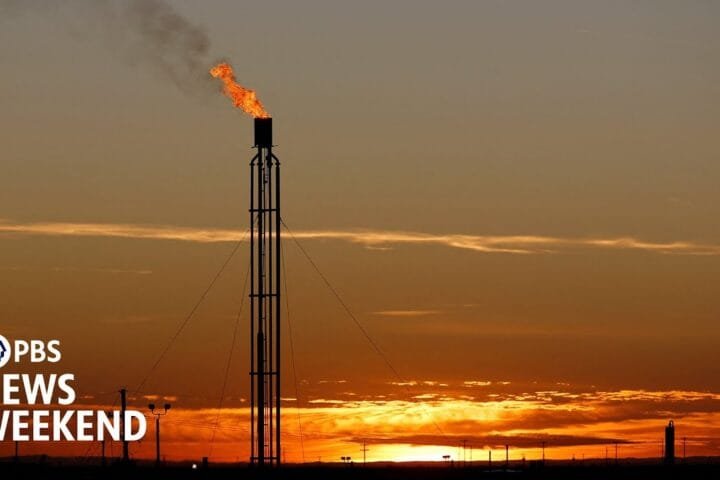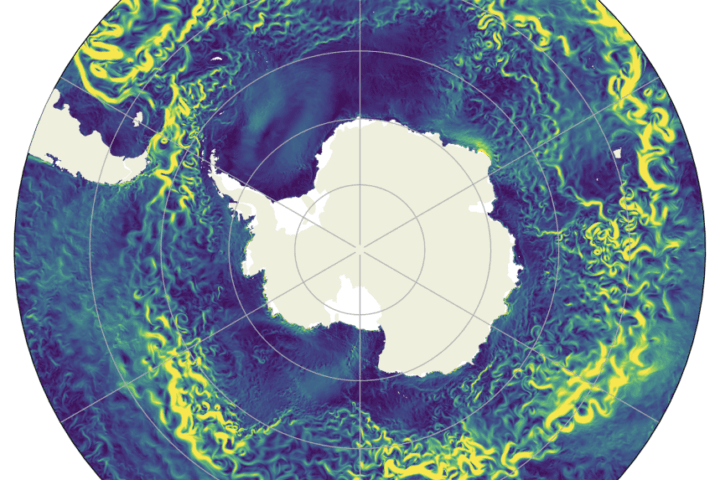From EcoWatch
Summary
- Antarctica’s polar vortex is weakening, causing a massive heat wave across the continent.
- The weakening is due to warm air quickly rising, destabilizing the vortex.
- The Southern Hemisphere is already experiencing unusually cold temperatures due to this event.
- Sudden stratospheric warming (SSW) events can have immense consequences on weather patterns.
- Scientists warn that Antarctica’s warming could lead to the collapse of ice sheets.
Far above Earth’s poles, swirling in the frigid stratosphere, are the polar vortexes: massive, freezing whirlwinds that strengthen in the winter and weaken in the summer. Right now, despite being in the dead of winter, Antarctica’s vortex is undergoing an unprecedented weakening, causing a massive heat wave across the continent.
“This heat wave is a near-record (or record) event for the region of Antarctica it’s having the biggest impact on,” Edward Blanchard, an atmospheric scientist at the University of Washington, told The Washington Post in an email.
Antarctica’s vortex has weakened significantly in July, causing temperatures on massive swathes of the continent to soar to more than 50 degrees (10°C) above normal levels while pushing massive amounts of freezing air toward the equator.
These vortex weakenings are usually caused when warm air very quickly rises to the top of the vortex, destabilizing it.
[...]





